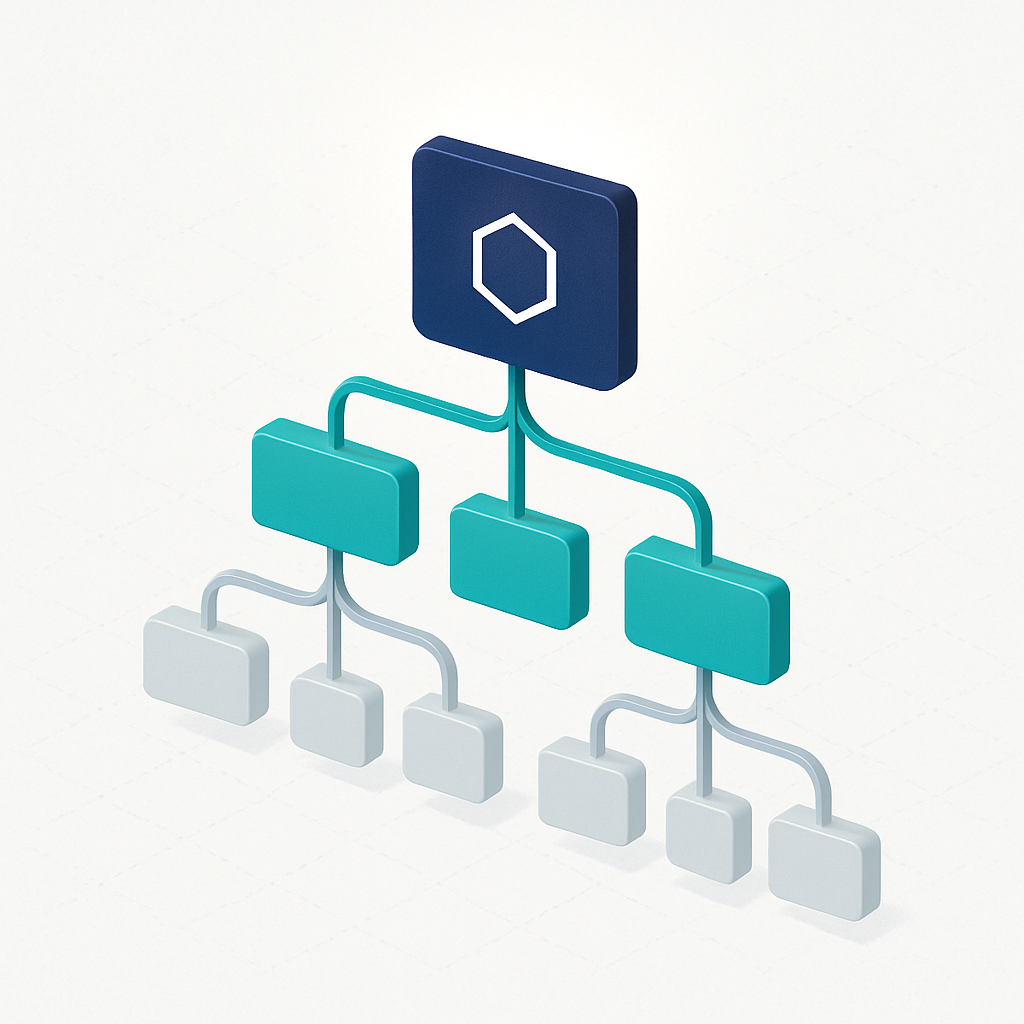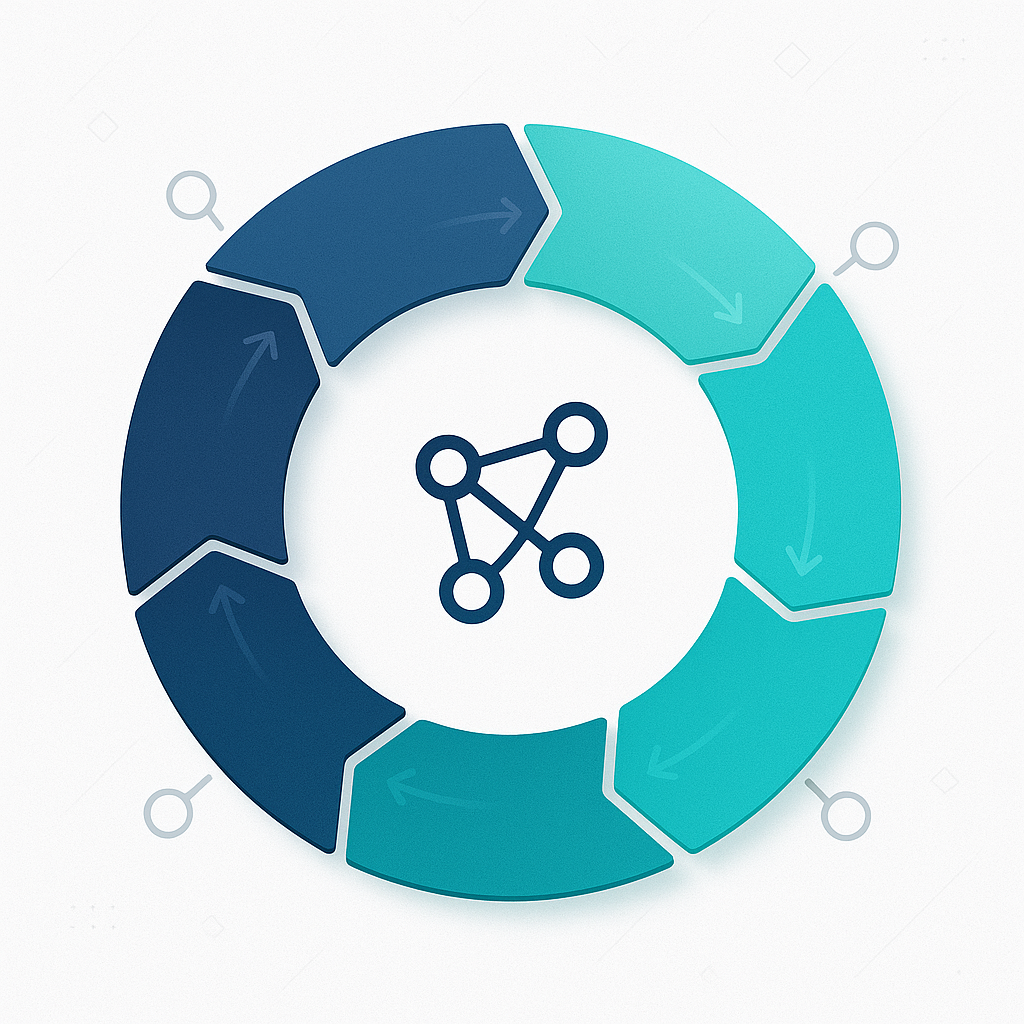Welcome to Strategic Thinking for Product Insight, where you'll develop the analytical mindset that separates exceptional Product Managers from the rest. Throughout this course, you will master the frameworks and methodologies that help you cut through complexity, uncover genuine user needs, and make data-driven decisions that drive product success.
As a Product Manager, you face ambiguity daily. Stakeholders present conflicting priorities, users struggle to articulate their true needs, and metrics sometimes tell contradictory stories. This course equips you with structured approaches to navigate these challenges confidently.
The journey ahead covers four critical areas of strategic product thinking:
- Structured Problem Analysis - Master techniques that help you break down challenges into manageable components
- Customer and Market Insight - Develop deep understanding through advanced research methods and competitive analysis
- Probing Techniques - Learn to clarify vague requirements and surface underlying needs
- Strategic Metrics - Discover how to select and track metrics that align with both user success and business strategy
What makes this course particularly valuable is how each concept builds upon the previous one, creating a comprehensive toolkit for strategic product thinking. By the end of this journey, you'll approach product challenges with a systematic mindset, asking the right questions and using proven frameworks to find answers that drive meaningful outcomes.
When you encounter a complex product problem, your first instinct might be to jump to solutions. However, effective Product Managers know that understanding the problem's structure comes first. Hypothesis trees provide a visual framework for breaking down problems into their component parts, ensuring you explore all possible root causes before committing resources to solutions.
The foundation of effective hypothesis trees lies in the MECE principle—Mutually Exclusive, Collectively Exhaustive. These two components work together to create comprehensive yet organized analysis:
-
Mutually Exclusive means each branch represents a distinct category with no overlap. For instance, if you're analyzing why user engagement dropped, you wouldn't have both
"poor onboarding experience"and"confusing initial setup"as separate branches since they overlap significantly. -
Collectively Exhaustive ensures your branches cover all possible explanations, preventing you from missing critical categories that might contain the real root cause.

Building your hypothesis tree starts with stating the core problem at the top, such as "Monthly active users have plateaued." From this starting point, you identify the highest-level categories that could explain the issue. These might include acquisition problems, activation challenges, retention issues, or competitive factors. Each main branch then breaks down further into more specific hypotheses. Under retention issues, for example, you might explore whether "users don't see ongoing value," "product becomes harder to use over time," or "users achieve their goal and no longer need the product."
Let's observe how two Product Managers work through applying MECE principles to structure their analysis:
While hypothesis trees help you understand problem structure, the CIRCLES framework provides a systematic approach for working through product questions from problem to solution. Developed specifically for product management, CIRCLES ensures you don't skip critical thinking steps when addressing complex challenges, making it an invaluable tool for structured problem-solving.

The framework consists of seven sequential steps:
- Clarify - Ensure complete understanding of the problem space by asking questions like
"What specific user behavior are we trying to change?"or"What constraints do we need to work within?" - Identify - Recognize customer segments affected, understanding that not all users experience problems equally
- Report - Articulate what users are truly trying to accomplish, going beyond surface-level feature requests to understand underlying jobs-to-be-done
- Cut - Prioritize which user segment and specific need to address first, acknowledging you can't solve everything at once
- List - Generate solution options without premature judgment, brainstorming possibilities like
"automated onboarding flows,""guided tutorials,"or"simplified initial configuration" - Evaluate - Assess options against your criteria including feasibility, impact, and alignment with strategy
- Summarize - Present your recommendation with clear reasoning that connects back to the original problem and constraints
What makes CIRCLES particularly powerful is its flexibility within structure. While the sequence guides your thinking, each step's depth varies based on context. Sometimes Clarify requires extensive investigation, while other situations call for well-defined problems where you spend more time on Evaluate. This adaptability allows the framework to suit your specific situation while ensuring no critical thinking step gets overlooked.
After analyzing problems systematically and working through solution frameworks, you must crystallize your insights into a problem statement that aligns and motivates your team. A well-crafted problem statement acts as a north star, ensuring everyone pulls in the same direction without prescribing specific solutions that might limit creative thinking.
Effective problem statements share three essential characteristics: specificity, measurability, and clearly defined scope boundaries. Rather than stating "Users are unhappy with the product," a precise statement would read "New users abandon the product before completing their first key action, with 68% citing complexity as the primary reason, resulting in $2M annual revenue loss." This precision helps teams understand exactly what success looks like and why the problem deserves immediate attention.
The best problem statements maintain actionability while avoiding solution bias. Consider the difference between:
- ❌
"We need better onboarding" - ✅
"Users struggle to reach their first moment of value within 7 days of signup"
The first assumes onboarding is the issue and implies a solution direction, potentially closing off other valuable approaches. The second describes the problem objectively, leaving room for various solution approaches—perhaps the issue isn't onboarding but rather product complexity, or maybe users need different activation triggers entirely.
When structuring your problem statements, include three critical elements that provide comprehensive context:
- Specific user pain point - Who is affected and what struggle do they face?
- Measurable impact - What quantifiable effect does this have?
- Urgency or consequence - What happens if we don't act?
For example: "Small business owners spend 3+ hours weekly on manual invoice reconciliation [pain point], reducing their capacity to serve customers by 20% [impact], causing 15% to seek alternative solutions within 6 months [urgency]."
